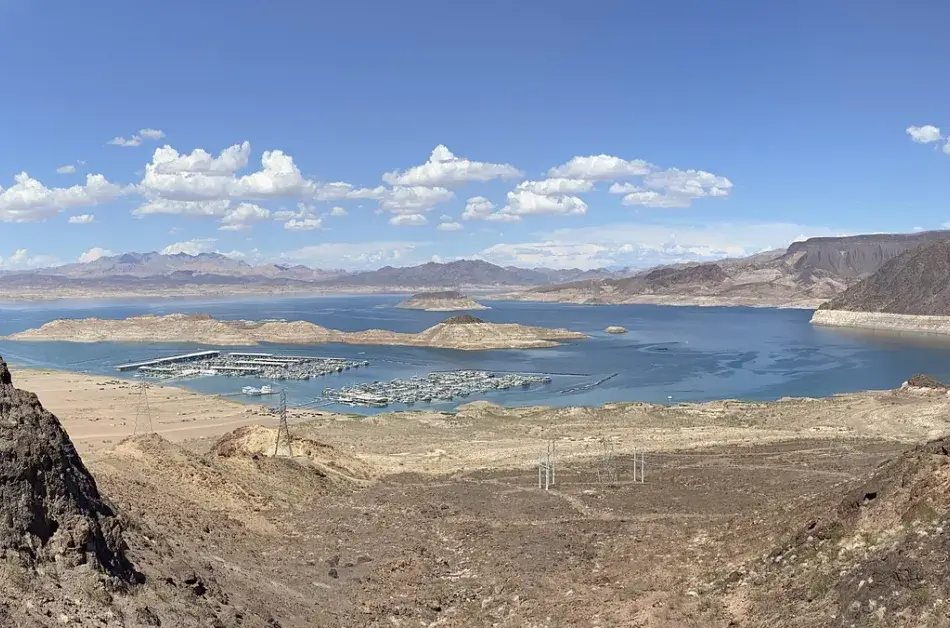Case study
Water Rights in the Colorado River Basin: Honoring treaty water rights under a changing climate

The Colorado River provides water to over 40 million people across the Upper Colorado River Basin (Colorado, New Mexico, Utah, and Wyoming) and Lower Colorado River Basin (Arizona, California, Nevada, and Mexico), including several Native American tribes. Though apportioning the river’s water has always been difficult, a recent historic megadrought causing dramatic decreases in water levels and ongoing water overusage have exacerbated issues.iEven when the region receives average amounts of precipitation and snowfall, hot, dry conditions lead to increased evaporation and further decreased available water.
Water usage rights for the Colorado River stem from the 1922 Colorado River Compact, which apportioned water to each state based on the river’s average flow.iiThe foundation of water rights in the basin is the doctrine of prior appropriation, which grants ongoing rights to the first person to use the water. These “use it or lose it” policies based on historical use can create an incentive for current water users to use as much as possible, intensifying drought conditions for downriver communities.
Though the many Native American tribes in the basin have first rights to this water, there are significant barriers to realizing this claim, including navigating a difficult series of legal claims and building the water infrastructure. Currently Native American households around the Colorado River Basin are more than 19 times more likely to lack piped water than white households.iiiThe Ten Tribes Partnership was formed in 1992 to work with federal and state agencies to promote tribal interests in the management of the Colorado River, ensuring that their treaty rights are respected, providing technical assistance to tribes, and promoting sustainable water usage.iv
While there is significant work left to be done, there are also substantial improvements. In 2020, the Colorado River Indian Tribes reached an agreement to ensure a reliable source of water for the tribe's agricultural, municipal, and industrial needs, and ensures that the tribe's water rights are recognized and protected. In April 2023, the Biden Administration announced $343 million to assist tribes with securing additional water rights and protecting natural resources.v
Coordination with tribes, across states, and at the federal level requires careful planning and purposeful engagement. Honoring historic water rights while preventing thriftless water usage and ensuring full access to water by Native American communities, along with more difficult changes to water-intensive agriculture and land usage, suggest a path forward that will allow equitable adaptation to climate change.



